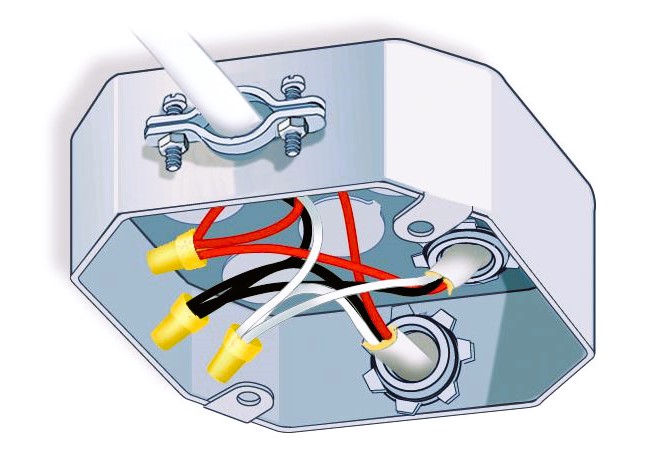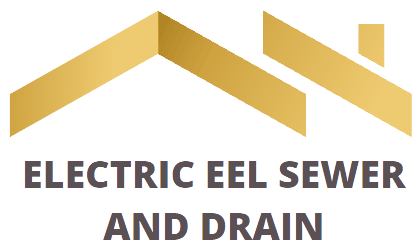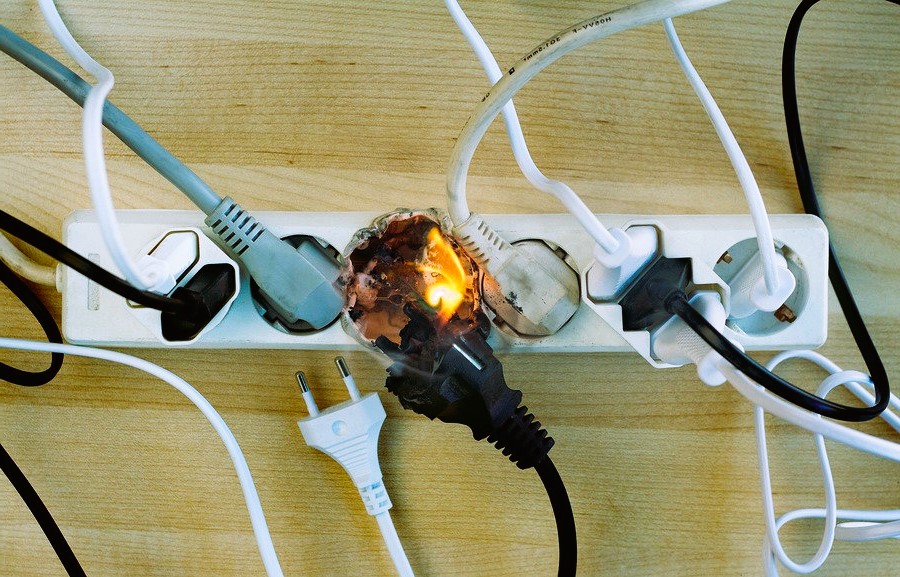Proper electrical wiring is essential for the safety, functionality, and efficiency of residential properties. However, electrical work can be complex, and mistakes can lead to hazardous situations, electrical failures, or even fires. This article highlights common electrical wiring mistakes to avoid in residential properties, ensuring the well-being of homeowners and compliance with recognized standards. Reputable sources such as Wikipedia and the Government of Canada’s official website (canada.ca) provide valuable information on electrical standards and best practices.
1. Overloading Circuits
Overloading circuits by connecting too many electrical devices or appliances to a single circuit is a common wiring mistake. It can lead to overheating, tripped breakers, and potential fire hazards. Distribute your electrical load evenly across multiple circuits to prevent overloading and ensure safe electrical operation.
2. Inadequate Grounding

Proper grounding is crucial for electrical safety. Failing to establish an adequate grounding system can result in electric shocks, equipment damage, and electrical malfunctions. Ensure that all outlets, appliances, and electrical panels are grounded according to established standards and local electrical codes.
3. Incorrect Wire Gauge Selection
Using the wrong wire gauge for electrical circuits is a serious wiring mistake. Insufficient wire gauge can lead to overheating, voltage drops, and increased resistance. On the other hand, using excessively thick wire can be costly and inefficient. Consult electrical codes and guidelines to select the appropriate wire gauge for different electrical circuits in your residential property. Like the article? Read also about Window materials: a study of the pros and cons.
4. Improper Wire Splicing
Improper wire splicing can compromise the integrity of electrical connections. Inadequate or loose wire connections can result in arcing, short circuits, and potential electrical hazards. Ensure proper wire stripping, twisting, and securely fastening connections using wire nuts, crimps, or other approved methods.
5. Insufficient Junction Box Sizing
Using undersized junction boxes or overcrowding them with wires is a common mistake. Insufficient space in junction boxes can lead to poor wire connections, overheating, and difficulty in troubleshooting or making changes in the future. Install junction boxes of adequate size to accommodate all wires and connections safely.
6. Lack of GFCI Protection
Ground Fault Circuit Interrupter (GFCI) protection is crucial in areas where electrical devices may come into contact with water, such as kitchens, bathrooms, and outdoor outlets. Failing to install GFCI outlets or breakers in these locations increases the risk of electrical shocks and potential electrocution. Follow electrical codes and install GFCI protection where required.
Standardization and Resources
Standardization plays a vital role in ensuring the quality, safety, and reliability of electrical wiring. Reputable sources such as Wikipedia and the Government of Canada’s official website (canada.ca) provide comprehensive information on electrical standards, codes, and best practices.

For detailed insights into electrical wiring best practices and industry standards, consider referring to the following resources:
- Government of Canada – Electrical Safety
These sources offer valuable information on electrical wiring standards, guidelines for residential properties, and common mistakes to avoid.
Conclusion
Avoiding common electrical wiring mistakes is crucial for the safety, functionality, and efficiency of residential properties. Overloading circuits, inadequate grounding, incorrect wire gauge selection, improper wire splicing, insufficient junction box sizing, and lack of GFCI protection are common mistakes to avoid. By adhering to recognized standards and following electrical codes, homeowners can ensure the proper installation and maintenance of electrical systems. Consult reputable sources and industry professionals to understand best practices and guidelines for electrical wiring in residential properties. Prioritize electrical safety, compliance, and the well-being of your home by avoiding common wiring mistakes and ensuring the integrity of your electrical infrastructure.

